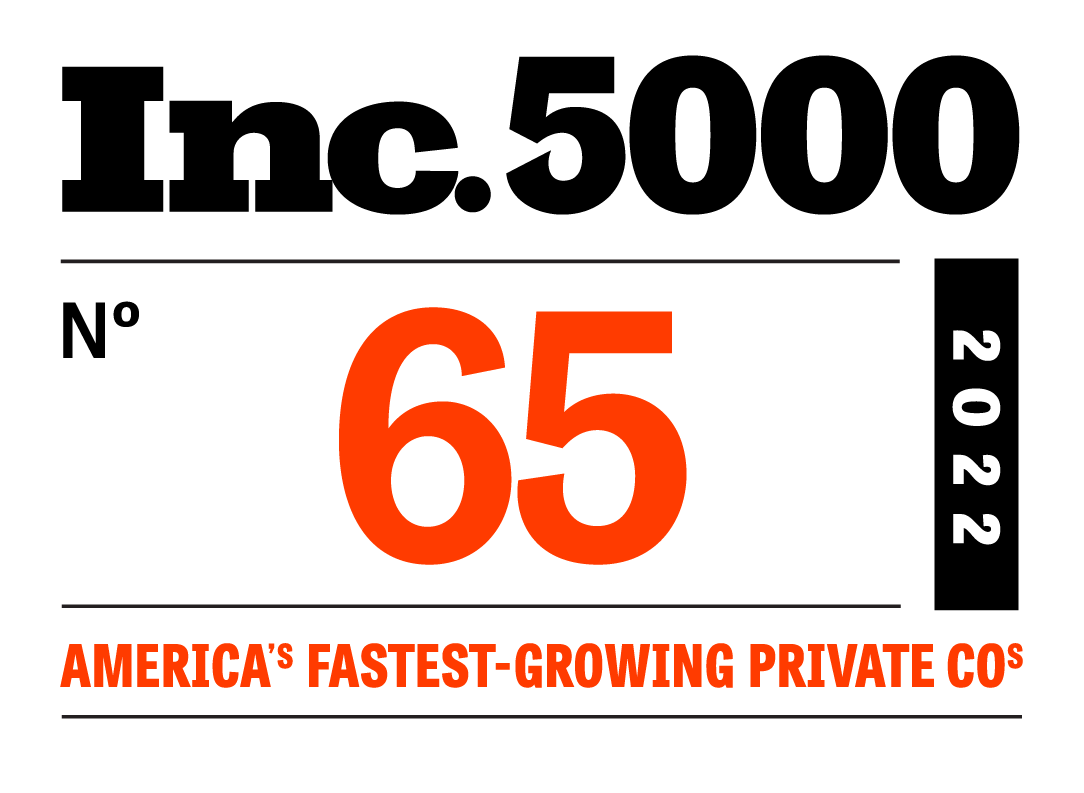Banks today are facing competition like never before.
No longer just competing with the other branches on Main Street, today’s banks are fighting for market share against Big Tech, alt lenders, digital-first challenger banks, and fintechs that lend directly to businesses and consumers.
The result has been serious disruption. In some markets, new entrants are capturing as much as 10 percent of the total revenue, and upwards of 60 percent of revenue growth.
In the United States, the success of new entrants has led to new levels of competition and exacerbated consolidation. In fact, as former Small Business Administrator Karen Mills has noted, since the Great Recession the number of banks in the United States has shrunk by more than 65 percent. Today, just around 5,000 financial institutions remain.
For those left standing, a daily struggle to attract and grow relationships has ensued. As our Founder and CEO Dan recently wrote for Bank Director, analysis of SNL data reveals that upwards of 74 percent of banks are seeing a shrinking number of relationships on one or both sides of their balance sheets.
If banks want to continue to survive, and even return to organic growth, something must change. One way banks can reverse these trends is by focusing their energy and investments on improving convenience for the customer.
Convenience: A Strategic Imperative for Banks in the Digital Age
To survive and grow today, banks need to win on convenience, but the way banks have traditionally built relationships isn’t exactly convenient for the customer. Especially when we consider how convenience has been redefined in the digital age.
Today’s consumers are accustomed to digital-first experiences that are fast and easy to navigate. Traditionally banks require their customers to physically come down to their branches and provide them with a considerable amount of documentation before an account or loan can be issued. There’s nothing convenient about that.
And there’s not just anecdotal evidence to support this. Recent research from BAI shows that the No. 1 reason customers switch from a traditional financial institution to one of the new entrants in the space is: convenience.
A number of factors contribute to the customer experience and how convenient it’s perceived to be. The amount of work that’s required of the customer, the ease of access to the product, and the way the bank uses data to their customers’ advantage, are all factors that contribute to how convenient it is to bank with a given organization.
Banks like Eastern Bank and First Federal Lakewood have figured this out. As mutual and community banks, respectively, these two organizations needed to be conservative in their approach to change. By implementing a real-time lending experience, Eastern Bank was able to quadruple the size of their SMB loan portfolio, while First Federal Lakewood achieved 3.4X growth in just two years.
Further, the most important lesson these two banks learned from providing a more convenient customer experience was that it did not compromise the quality of their loan applicants. In fact, each bank was able to bring in customers with average FICOs of 740.
Clearly, convenience pays for regional and community banks.
How Financial Institutions Can Be More Convenient to Bank With
If banks want to survive this wave of disruption, they’ll need to make sure they invest in improving the customer experience, with speed and convenience top of mind.
Banks like Eastern and First Federal Lakewood accomplished this by investing in technology that can:
- Take on most of the customer’s workload: When a business or consumer applies for a loan, they’re often asked to provide income statements, tax returns, personal financial statements, proof of insurance, and other paperwork that can take hours or days to collect. Once gathered, they need to deliver these documents to their banker, often in paper form. For existing customers, much of this information exchange is redundant—the bank’s core system already houses most of it. Banks that are convenient to bank with have learned how to cut down on lengthy applications by only asking for information they don’t already have access to. Further, they’ve put the entire process online, allowing applicants to send and sign documents digitally. The result is a digital-first application experience that can be completed in as little as five minutes.
- Provide customers with a digital front door: Today’s consumers are less likely to get in their car and head to a brick-and-mortar than they are to shop online. They’re also spending more time online researching their purchases, before making a buying decision. Couple this with the fact that foot traffic to bank branches is expected to drop by as much as 36 percent by 2022, and you can see why banks without a digital front door are in trouble. A “digital front door” is a way of describing the strategy of making your bank’s products more accessible by allowing customers to learn about, and apply for them, online, in a self-service fashion. A strategy like this might include online, streamlined applications or the targeted marketing of prequalified offers, for example.
- Using data to the customers advantage: There’s a lot banks can learn by looking at the data they already have on their customers. Bankers can learn which customers are borrowing from outside lenders, which might be in need of capital and what kinds of products will best address those needs, and what kinds of obstacles might prevent a customer from obtaining a new loan or line of credit, to name a few examples. They can then put this data to use and make their institution more convenient to bank with in a couple of ways. For one, they can use this data to have more informed conversations with their customers; better understanding how to approach conversations based on their needs. Bankers can also be more aware of customers who might be paying higher fees to outside institutions, and provide value to that customer by offering to conveniently refinance them at a lower rate—all while using a streamlined experience that is up to par with their digital-first standards.
Investing in Data and Technology That Puts Customer Convenience First
Banks are in a tough position today, facing an increasingly consolidated industry that’s feeling disruption from new competitors who offer speed and convenience as differentiators.
Regional and community banks, being conservative institutions, don’t have the resources to build the tech they need in-house—meaning the tech buys and partnerships they can afford to invest in must be targeted and strategic. Most importantly, they need to focus on making their financial institution easier to bank with by cutting down on the work required of customers, providing a digital-first experience, and putting data to work for the consumer.
Learn how Numerated helps banks win on convenience by visiting our resources page, or downloading our most recent case study, today.



.jpg?width=500&name=FFL-Case-Study-Blog-CTA-500x190(2).jpg)



